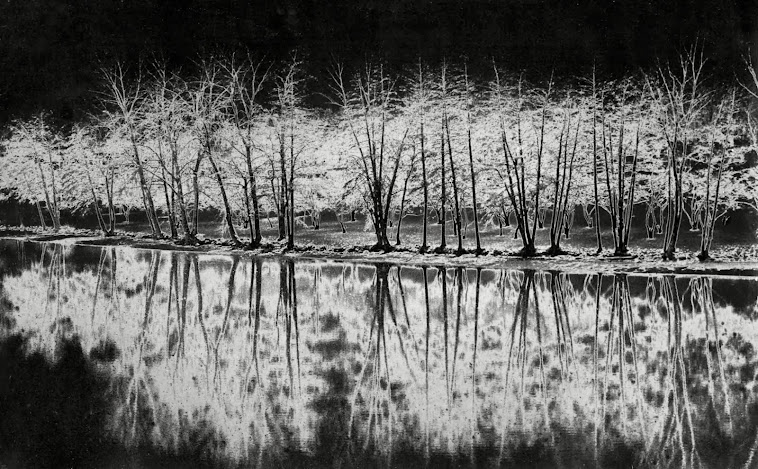Following our three days in Vienna, we traveled to Budapest via the Austrian Bundesbahn. Wisely, I had made on-line reservations from home a week earlier; wise because there were no seats available if you didn't have a reservation. We taxied to our hotel [the Continental] on the Pest side of the Danube [Donau] River, checked in and went to the room. Yikes! There was hardly any space to move around the bed. A call to the front desk resulted in our being shown another room that was suitable. Why couldn’t they have done that from the get-go!?
After settling in, we went downstairs to meet our fellow Road Scholar travelers and tour leader. Following a community dinner, we took an orientation tram ride and walk along the Pest side of the river. On the other side, we saw the Buda castle illuminated. It was an awesome sight. I hadn’t taken my camera along, so I used my wife’s cell phone to get this shot.
After breakfast the next morning, we visited the National Museum, which featured exhibits of Hungarian history from the 18th century to 1990. I am not a history buff, but I found it quite enlightening, and often disturbing [especially with regard to the WWII period].
Following this visit, we headed for lunch. En route I shot this image out the bus window, so it is not sharp. It is the towering Liberation Monument atop Gellert Hill on the Buda side. Originally intended for another purpose, the Russians reassigned it as a commemoration of their 'liberating' Budapest in 1945. Apparently, it is affectionately called the bottle opener by residents. It doesn't take a great deal of imagination to see why.
We arrived at the Great Market Hall, a huge multi-level indoor market. The uppermost level had several restaurants, and we had a buffet lunch in one.
The market has all the usual wares you would expect to see: meats, vegetables, fruits, cheeses and all manner of sweets. One particular site had a long line of people waiting to shop, so I walked over. All the latest sales were posted on large yellow sheets that were taped over all available wall space. In the bottom image, I happened to catch a vendor as she was in the process of taping up one of her signs.
There were many interesting-looking people working the various stands, and I wanted to shoot some portraits. By and large, they quite willing to be photographed. Below are several examples.
The last image is that of our tour leader, Agnes. I did not ask for permission to photograph her....



















































